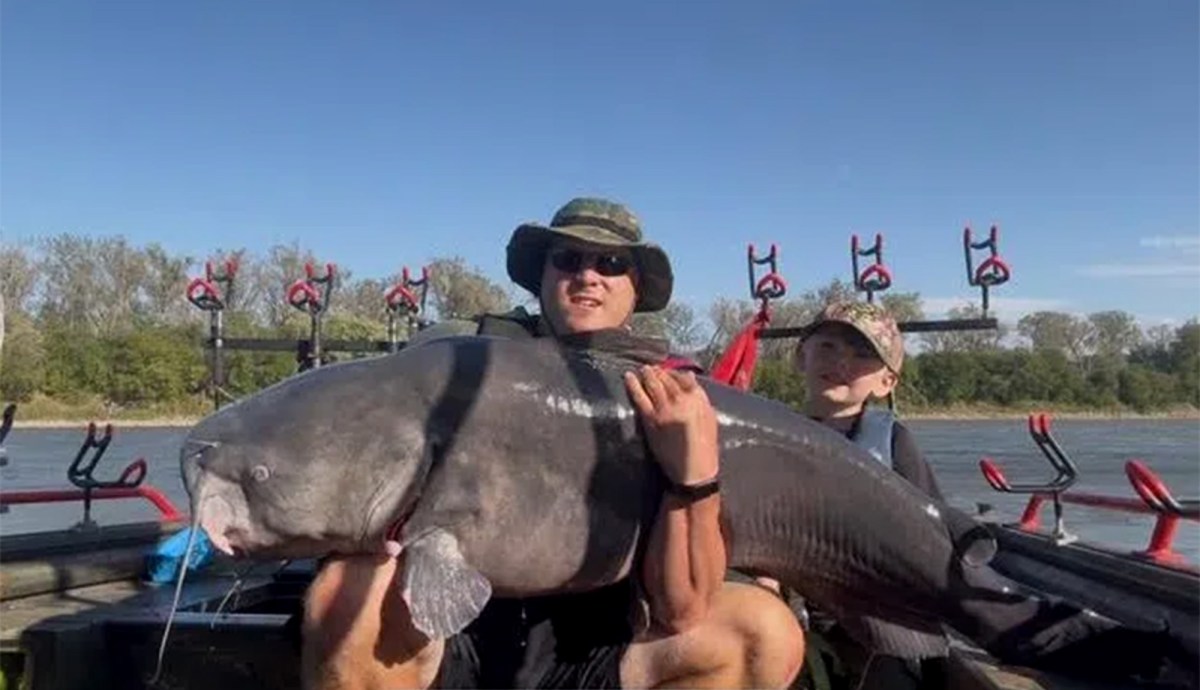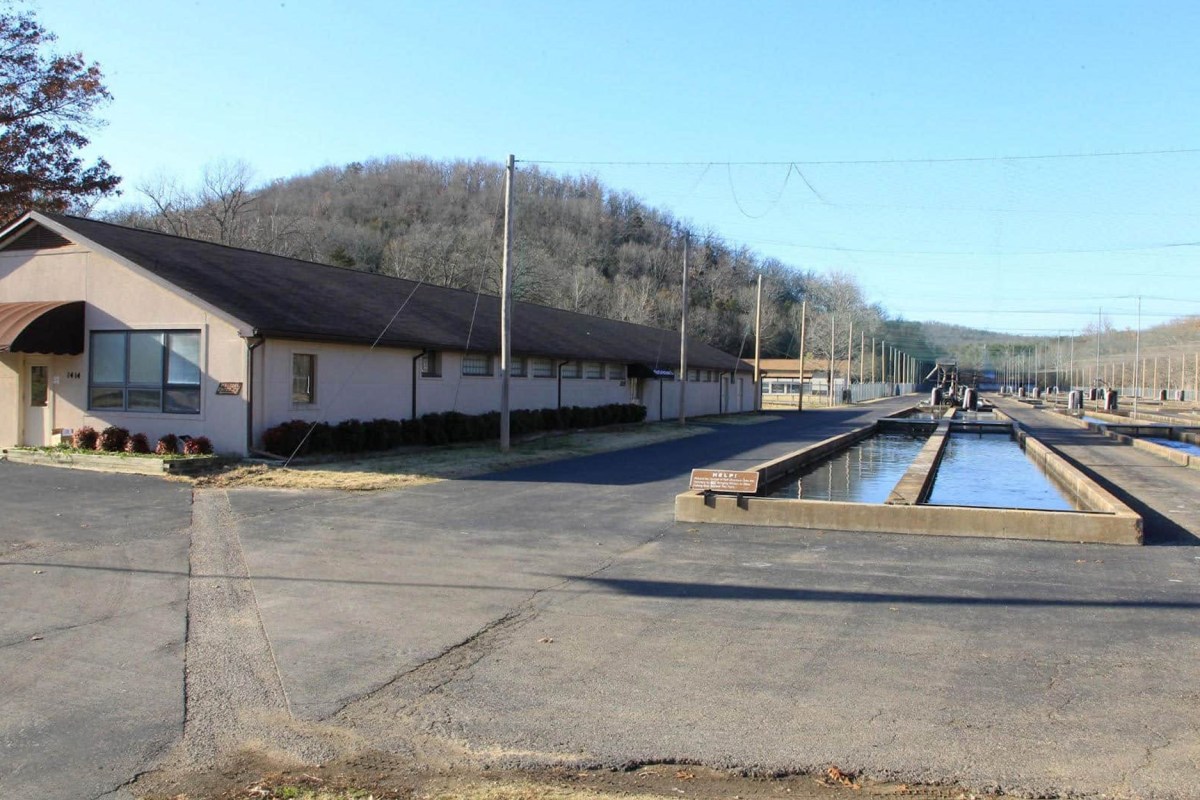Wake Boats Aren’t Just Eroding Shorelines. They’re Harming Lake Bottoms, Too Study Shows

Late summer is peak season for powerboats. And in many lakes around the U.S., the subject of wake boats and their impacts on water bodies remains a divisive subject. Many lake users, especially fishermen, have voiced concerns about the damage that these bigger, heavier powerboats are causing to lake ecosystems, and particularly shorelines. A new study out of the University of Minnesota goes a bit deeper, showing the impacts these boats can have on lake bottoms. It also provides guidance for how wake boat operators can minimize those impacts.
“It’s not that we’re for or against [wake surfing], it’s that we need data,” the study’s lead author Andrew Riesgraf told Outdoor Life in 2024, referring to a related study that UM conducted at its St. Anthony Falls Laboratory in 2022. “It’s a clear issue because we hear about it daily, and our goal is to provide unbiased research.”
Read Next: The Wake Surfing Problem: Big Waves and Big Controversy Are Coming to a Lake Near You
The issue at the root of their most recent study is that propellers from powerboats produce turbulent water currents that stir up the lake bottom. This is known as “prop wash,” and the more thrust is applied, the stronger that prop wash is.
Weight also plays a role, as heavier boats displace more water, which translates to more turbulence and bigger waves. This, of course, is the whole idea behind modern wake boats. They typically have water-filled ballasts, which can add up to 5,000 pounds of overall weight. And when driven relatively slowly, around 10 to 12 mph, they’ll produce big waves that roll across the water’s surface.
The problem, according to the UM research team, is what’s happening underneath the surface. Turbulence from wake boat propellers can kick up sediment, which in turn releases nutrients (like phosphorus and nitrogen) into the water and creates harmful algal blooms that suck up oxygen. In worst-case scenarios, this turbulence can scour lake beds by uprooting the vegetation that provides habitat for fish and other organisms.
.embed-container { position: relative; padding-bottom: 56.25%; height: 0; overflow: hidden; max-width: 100%; } .embed-container iframe, .embed-container object, .embed-container embed { position: absolute; top: 0; left: 0; width: 100%; height: 100%; }
To gauge these effects, UM researchers placed acoustic sensors at different depths in the lake and then ran seven different recreational powerboats over the top of them. The team also collected sediment samples and took water quality samples during testing.
They found that all powerboats produced enough turbulence to disturb lake beds when operated at depths of 10 feet or less, but that the turbulence from wake boats kicked up even more sediment and had even worse impacts on water quality. Accordingly, the study team recommended that wake boats should operate in depths of 20 feet or more to minimize impacts.
The recent UM research builds on the team’s earlier study from 2022, which looked specifically at the large waves created by wake boats and how these bigger, stronger waves erode shorelines. The study showed that since waves from wake surfing boats took more than twice as long to dissipate as did waves from typical powerboats, wake surfing boats should operate more than twice as far from shore as other boats.
“Staying in deep water when you’re out on the water — especially when wakeboarding or surfing — is an easy and effective way to enjoy and protect our waterways,” Jeff Marr, a co-author of both studies, said in a summary of their most recent research paper. “Also, give space between your boat and other boaters and the shoreline.”
Read the full article here









